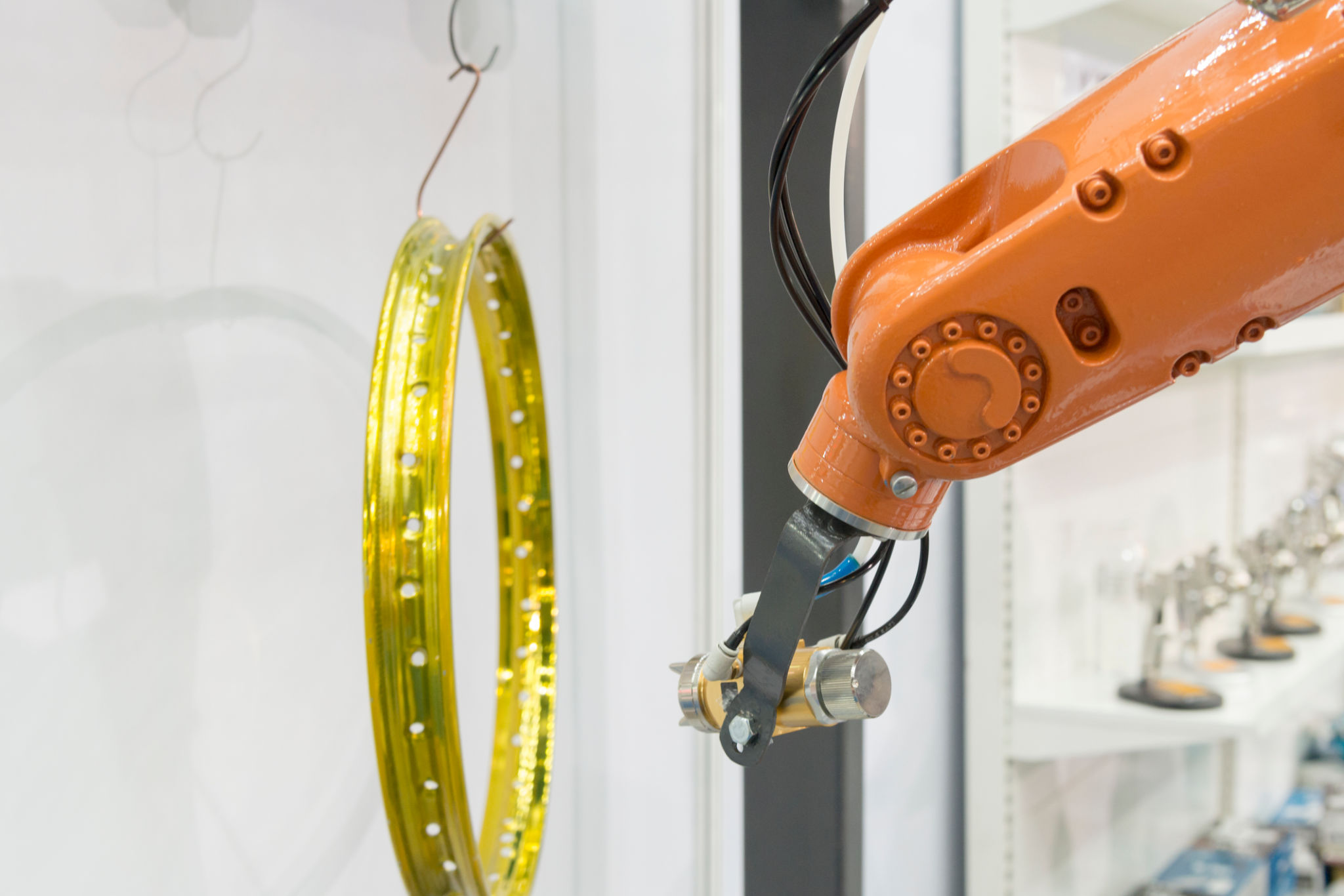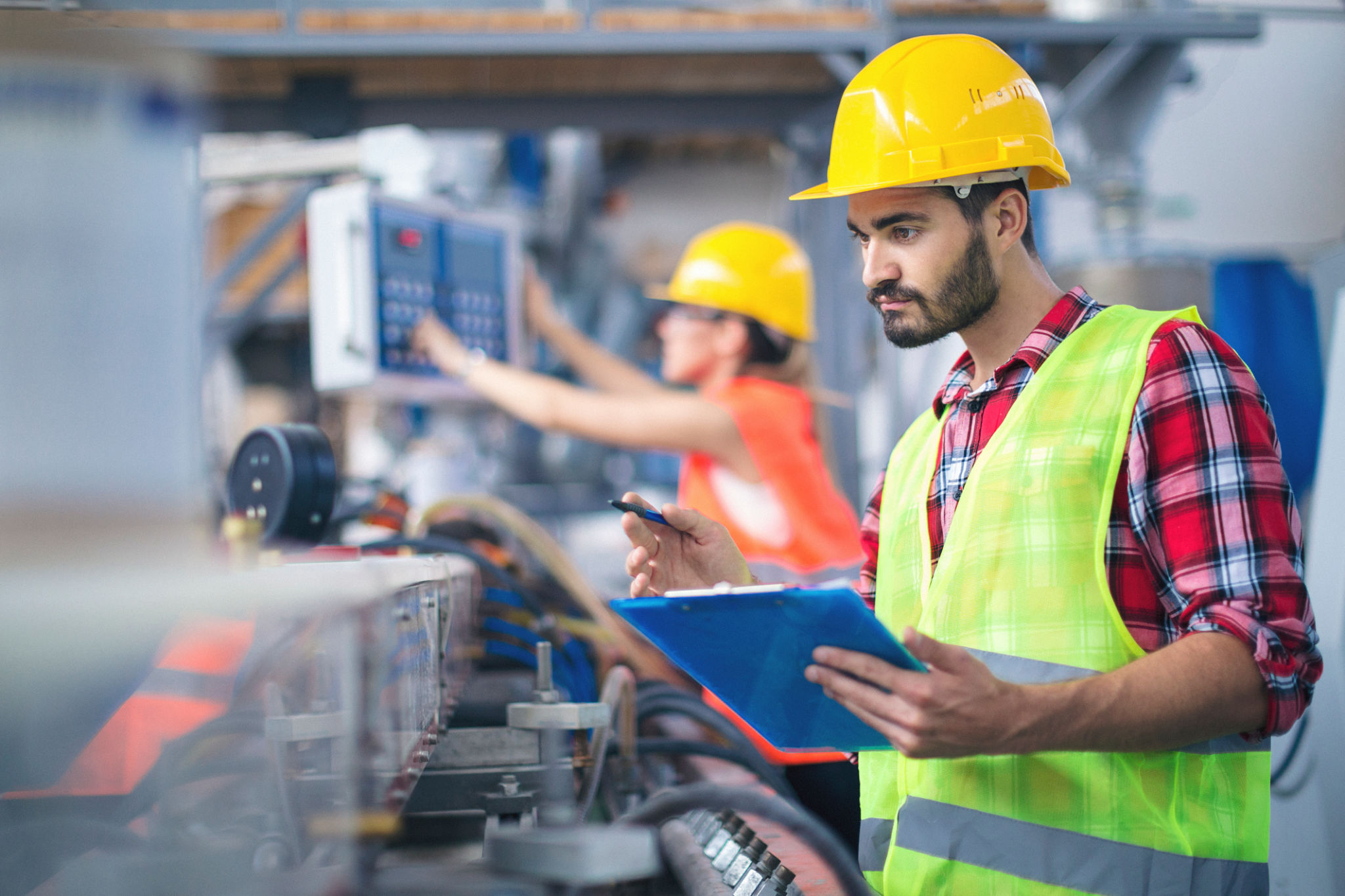Case Study: Successful Implementation of Automation in Bursa's Electroplating Industry
Introduction to Automation in Electroplating
In recent years, industries around the world have been increasingly turning to automation to streamline their operations and boost efficiency. One such industry that has seen a significant transformation through automation is the electroplating sector in Bursa, Turkey. This case study explores the successful implementation of automation technologies in Bursa's electroplating industry and the resulting benefits.

Understanding Electroplating
Electroplating is a process that uses electrical currents to reduce dissolved metal cations so that they form a coherent metal coating on an electrode. This process is widely used in various industries, including automotive, electronics, and jewelry manufacturing, to enhance product quality and durability. Traditional electroplating methods, however, often involve labor-intensive processes with high margins for error.
Challenges Faced by the Industry
Before the adoption of automation, Bursa's electroplating industry faced several challenges. These included high labor costs, inconsistent product quality, and lengthy production times. Additionally, manual processes made it difficult to maintain strict environmental compliance due to variances in human operation.
The Shift to Automation
The transition to automation in Bursa's electroplating industry marked a significant milestone. Companies began to invest in advanced robotic systems, automated conveyor lines, and sophisticated monitoring technologies. This shift was driven by the need to improve efficiency and reduce operational costs while maintaining high standards of quality and environmental compliance.

Key Automation Technologies Implemented
The successful implementation of automation involved several key technologies:
- Robotic Arms: These were introduced to handle repetitive tasks with precision, reducing the need for human intervention.
- Automated Conveyor Systems: These systems facilitated smoother material flow and reduced bottlenecks in production.
- Real-time Monitoring and Control Systems: These systems ensured consistent process parameters and allowed for immediate adjustments when necessary.
Benefits Realized
Since the implementation of automation technologies, companies in Bursa's electroplating industry have reported several key benefits:
- Improved Product Quality: Automation has led to more uniform coatings and reduced defects.
- Increased Efficiency: Production times have decreased significantly, allowing for higher throughput.
- Cost Savings: Lower labor costs and reduced material wastage have contributed to overall savings.
- Enhanced Environmental Compliance: Automated systems ensure that processes adhere more closely to environmental regulations.

Challenges in Automation Implementation
Despite the numerous advantages, the transition to automation was not without its challenges. Initial investments in technology were substantial, requiring careful financial planning. Additionally, there was a need for workforce retraining to ensure that employees could effectively operate and maintain new systems.
The Future of Automation in Electroplating
The success of automation in Bursa's electroplating industry sets a precedent for other regions and industries. As technology continues to advance, further innovations are expected to emerge, paving the way for even more efficient and sustainable manufacturing practices. Continued investment in research and development will be crucial in maintaining competitive advantage and addressing any future challenges.
Conclusion
The case study of Bursa's electroplating industry demonstrates the transformative impact of automation. By adopting cutting-edge technologies, companies have not only improved their operational efficiency but also enhanced product quality and environmental responsibility. As other industries look towards automation, the lessons learned from Bursa's experience will undoubtedly serve as a valuable guide.
